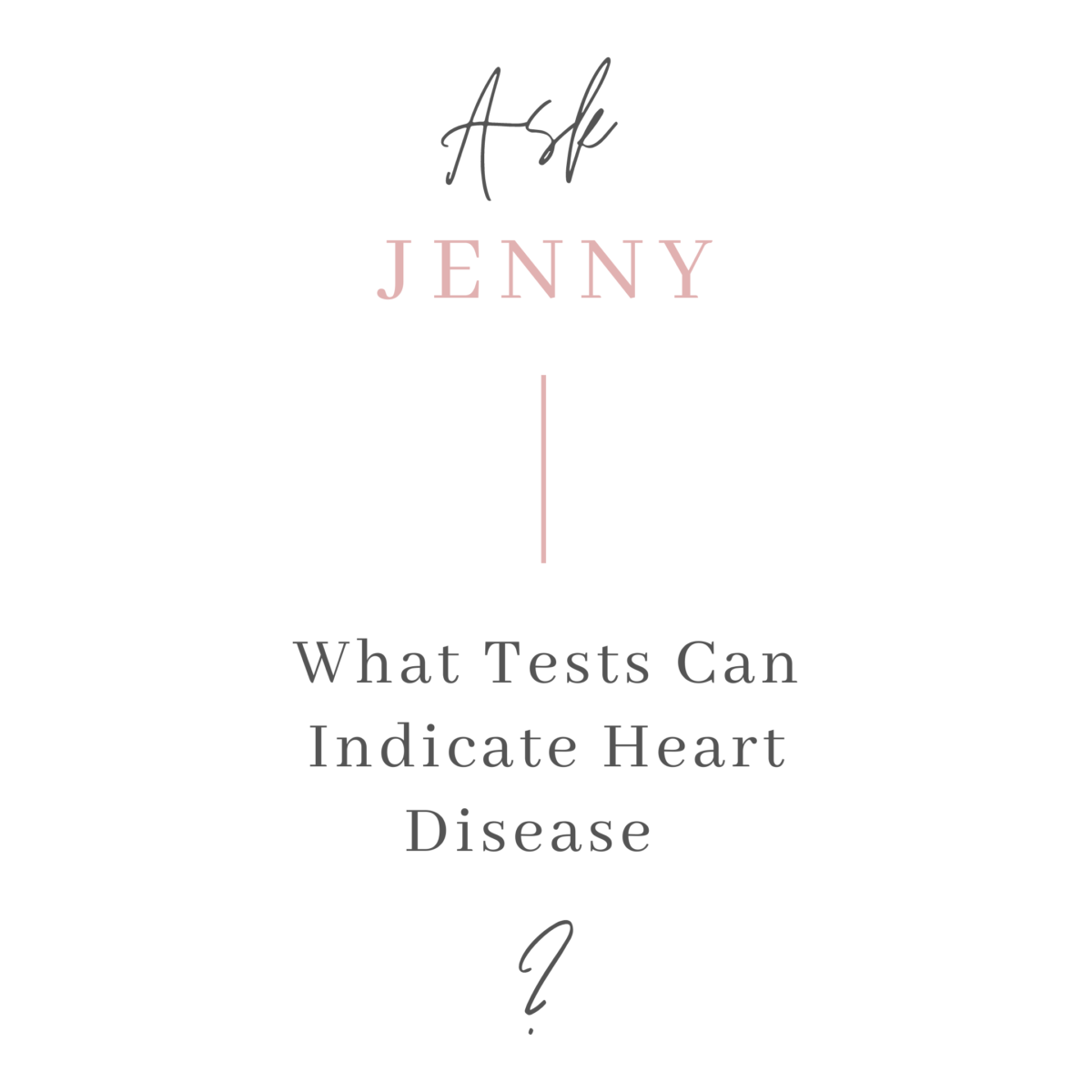
Ask Jenny: Tests For Heart Disease
In my weekly Ask Jenny column, I answer all of your health and nutrition questions. Have a well-being concern or question you’d like advice on? Submit your question by emailing hello@jenniferhanway.com and have it answered by a Holistic Nutritionist and Celebrity Health Coach!
“Hi Jenny! Heart disease runs in my family, and whilst I eat a healthy diet and workout regularly I’d love to know what I should be looking for in my blood tests when I go to the doctor?” – Monica, North Carolina
Your Biological Blueprint
I love how proactive this question is! The initial stage of my Private Coaching Program is to work with my client to create their individual ‘Biological Blueprint’, and two key pieces of information we use to develop your blueprint (and your roadmap to optimum health) are your family history and your lab work. Know this information can help determine everything from the best diet style for you, to which supplements to take, and even the types of workouts you should choose.
The Lipid Panel (aka the Cholesterol Test)
Traditionally the key marker for heart health is the Lipid Pane (or Cholesterol Test), and whilst this is still useful information functional medicine takes a deeper look into these numbers.
Whilst your Total Cholesterol number is still important, what is more pertinent to assessing your risk of heart disease is your Cholesterol Ratio. Your cholesterol ratio is calculated by dividing your total cholesterol by your HDL number. For instance, if your total cholesterol is 180 and your HDL is 82, your cholesterol ratio is 2.2. According to the American Heart Association (AHA), you should aim to keep your ratio below 5, with the ideal cholesterol ratio being 3.5
‘Good’ and ‘Bad’ Cholesterol
We used to think that HDL Cholesterol was ‘good’ and LDL was ‘bad’, but it is not as simple as that. In fact, there are two types of LDL cholesterol, and it is the size of these two types of particles that is important. The higher your level of Small LDL-P, the higher your risk of heart disease. This is because this particular type of LDL cholesterol is small and dense, and adheres to damage in the artery walls leading to plaque formations and atherosclerosis.


Inflammation and Insulin Resistance
If the small, dense LDL particles are ‘sticking’ to damage in the lining of the arterial wall, then what’s causing this damage in the first place? We know that inflammation is the root cause of all chronic disease, and this is true in the case of heart disease also. Inflammation caused by a diet high in processed foods, unhealthy fats (such as vegetable and seed oils) and high in sugar and refined carbohydrates can lead to the type of inflammation that causes arterial damage.
Testing For Inflammation and Insulin Resistance
With this in mind, there are two other key markers I look at when assessing risk of heart disease and the measures I can implement to prevent this:
- HbA1c (a marker of your blood sugar over the last 3 months)
- CRP (a marker of inflammation in the body)
How Lean and Clean Can Help
Once we had completed the above testing (along with some additional markers) for Monica we saw that her markers for all the above were just slightly elevated, which when combined with her family history of heart disease helped her decide that she needed to make a change in her diet and lifestyle. With the key risk factors for heart disease including being overweight (Monica fell into this category) eating an unhealthy diet (Monica was eating well but needed to reduce her intake of added sugar) and being inactive we decided that my Lean & Clean Program (now open for enrollment at any time) for healthy, sustainable weight loss was the right fit for her.
More Advice on Staying Healthy
Information provided by this website or this company is not a substitute for direct, individual medical treatment or advice. It is the responsibility of you and your healthcare providers to make all decisions regarding your health. Jennifer Hanway and JH Wellness Services recommends that you consult with your healthcare providers regarding the diagnosis and treatment of any disease or condition. Products sold on this website are not intended to diagnose, treat, cure, or prevent any disease.
JH Wellness Services may at times receive a small affiliate commission for products that we shared with you in our posts. Although we may receive a commission for linking certain products, there’s no additional costs to you and all of our opinion and suggestions are 100% unbiased and products we use personally on a regular basis.
Helping
High-Achieving
Women Create
Optimum
Health
home
about
private coaching
The Metabolic Beauty Reset
corporate wellness
blog
privacy policy
terms & conditions
contact
© 2021 Jennifer Hanway, llc | All Rights Reserved | brand + website by high Moon studio
Programs